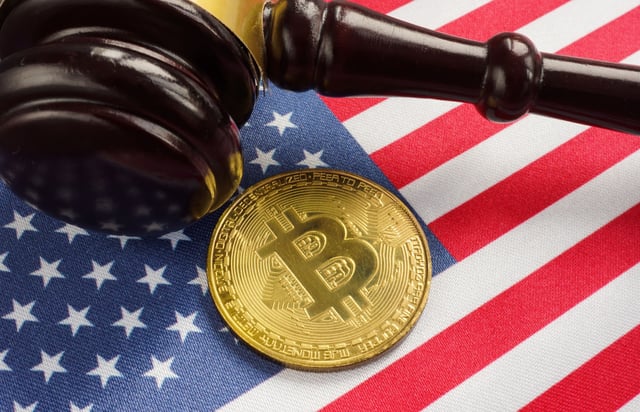Overview
- Regulators are implementing the new U.S. stablecoin law, which mandates full‑reserve backing in cash and short‑dated Treasuries, monthly reserve disclosures, OCC oversight for many nonbank issuers, non‑security status for licensed tokens, and superpriority for holders in bankruptcies.
- Bank trade groups warned in an August 12 letter that allowing exchanges and affiliates to offer stablecoin “rewards” could fuel massive deposit outflows from banks, while crypto industry associations countered on August 20 that curbing such incentives would stifle innovation and competitiveness.
- Policy pressure intensified this week as a Brookings analysis urged Congress or regulators to close the rewards loophole and to warn consumers about risks, arguing exchange‑paid yields can mimic interest without bank‑style guardrails or insurance.
- Product rollout is accelerating alongside the policy fight, with Stripe and Paradigm launching the payments‑focused Tempo network and Visa and Mastercard widening stablecoin settlement, while McKinsey estimates current real‑world flows at roughly $20–$30 billion per day with a path to much higher volumes.
- Exchanges such as Coinbase and Kraken are already marketing USDC rewards near typical savings yields, and international frameworks like the EU’s MiCA go further by barring yield on platforms, as other jurisdictions explore GENIUS‑style models for their own currencies.



